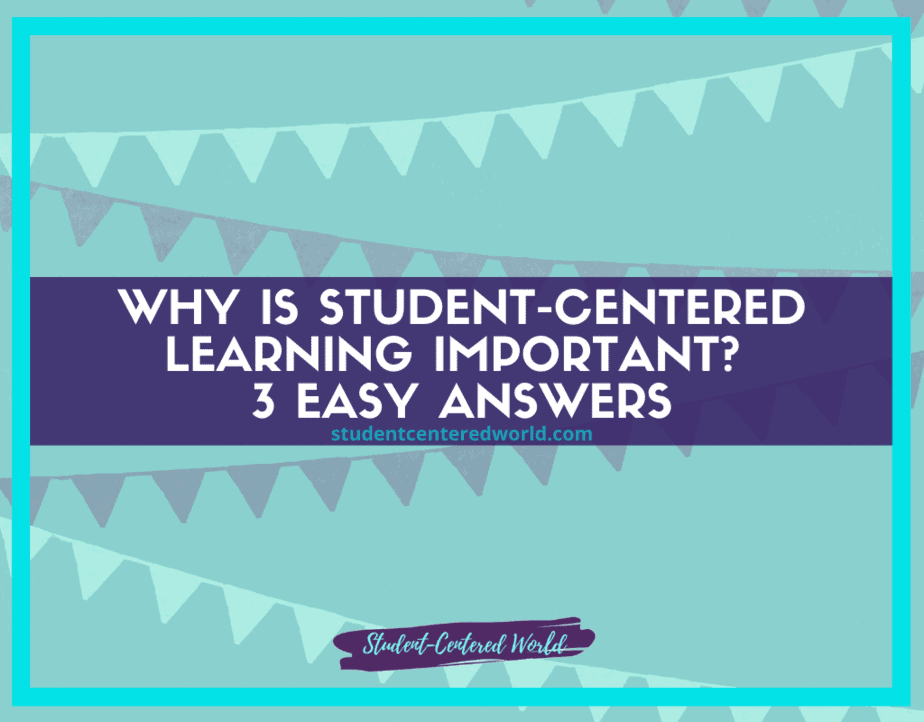Acing Your OTES 2.0 Observation the Easy Way
Over time, teacher observation models have changed the landscape of classroom observations. We wanted to provide a tool for teachers and their mentors that can be used when creating OTES 2.0 goals examples so they may examine the effectiveness of their instruction.
The online tool, Ohio Teacher Evaluation System (OTES), was created in 2011 by the Ohio Department of Education in response to Senate Bill 80, which outlines the decision-making criteria for teachers’ evaluations.
The OTES tool is designed to be a quick and easy way for teachers to quickly input their lesson plan into a digital format that can then be sent off to a mentor or administrator. There are sometimes, however, instances in which the OTES does not accurately capture what happens during a teacher evaluation.
OTES 2.0, however, brings the opportunity to create teacher observation models that capture exactly what has happened during an evaluation. This can be done by designing specific goals for teachers to model after. Let’s take a look at some common OTES 2.0 goal examples and how they can also be used as lesson plan templates or homework assignments.
The 6 principles of OTES 2.0
Principle 1 – Feedback vs. Judgment
In most classrooms, there is not enough time for all feedback from a mentor. OTES 2.0 was designed as a tool that helped guide mentor observation and feedback into manageable segments, while still providing the necessary information to improve instruction.
OTES 2.0 reflects this first principle through its differentiated assessment of behaviors and performance indicators (which do not rely on labels). As such, it is easy for mentors to use and for teachers to interpret.
Principle 2 – Language Matters
The language used in OTES 2.0 is based on the ACTFL Performance Descriptors for speaking and listening, which are commonly used by teachers of English as a second language around the world. This has three advantages: 1) it gives continuity with models that are already being used, 2) it matches the language that is already being used by teachers and students to discuss performance on speaking and listening tasks, and 3) it places the emphasis on what the teacher does (so their efforts can be replicated by colleagues around the world), not on who they are (which might lead to inaccurate assumptions and judgments).
Principle 3 – The Observer is Part of the Observation
In OTES 2.0, mentors complete a self-assessment that is equally as important as the teacher’s self-assessment. This ensures that what teachers do and say are not just seen as behavior exhibited by their students, but actions guided by their observations of themselves.
Principle 4 – Fidelity to an Observation Tool is not Required
What matters most is that mentors can engage in effective observations that lead to the creation of actionable feedback. OTES 2.0 provides suggestions for what can be observed, but mentors are free to choose their observational framework, as long as they focus on what teachers do rather than on who they are.
Principle 5 – Observation is a Team Sport
OTES 2.0 is designed to be completed in teams, which include the teacher and their mentor(s), peers, students, etc. This makes it possible for everyone involved in the teaching-learning process to reflect on the effectiveness of instruction.
Principle 6 – The Feedback Process Matters as Much as if not More than, the Feedback Itself
OTES 2.0 is designed to be used in a feedback process that has three phases: observation (the data collection), reflection (the analysis), and action (the reporting). This approach makes it possible for everyone involved to participate in the improvement of instruction and ensures effective use of teaching time.
OTES 2.0 Goals Examples
Below are several OTES 2.0 Goals Examples that have a focus on various learning areas.
A focus on speaking and listening skills:
-Since the beginning of the year, my student _____ has improved his/her ability to use spoken English in academic settings.
-In this school semester, my student ____ has made progress as he/she becomes more comfortable participating in conversations with native speakers of English.
-Since the beginning of this semester, my student _____ has improved at asking and answering questions in English.
-This term, my student ____ has learned how to ask for help more effectively.
-My students have made progress with improving the clarity of their pronunciation during conversations with their classmates.
-Since the beginning of this semester, my students have become more adept at staying on task in English.
-In this term, I noticed that my students were better able to answer questions from classmates.
A focus on reading skills:
-My student_____ has improved his/her ability to understand the main idea of academic passages.
-This term, I’ve noticed that my student_____ has improved his/her ability to summarize information.
-My students have made progress with their ability to read academic passages independently.
a focus on writing skills:
-Since the beginning of the semester, my student____has learned how to write more clearly.
-I noticed during our last feedback session that my students were better able to edit their writing.
-This term, I’ve noticed that my student____has improved his/her ability to apply reading material in written assignments.
-Since the beginning of this semester, I have seen my student improve his/her ability to organize their ideas clearly.
-During our last feedback session, I noticed that my students were better able to write in complete sentences.
A focus on math skills:
-My students have improved their ability to solve more complex word problems.
-Since the beginning of this school semester, my student has improved his/her ability to solve problems that require more steps.
-I’ve noticed that my students are better able to use number lines to solve word problems.
-During our last feedback session, I was able to observe that my students were better able to explain their thinking.
-My students have improved their ability to reason and construct viable arguments in math class.
-Since the beginning of this term, I’ve noticed that my students were better able to use manipulatives (e.g., base ten blocks) when solving word problems.
A focus on science skills:
-I’ve noticed that my students were better able to explain their thinking and reasoning during science class.
-Since the beginning of this school semester, my student has improved his/her ability to identify important information from passages about science.
-In this term, I saw that my students were more adept at finding relevant information from passages on science.
-My students have made progress with their ability to use evidence as a basis for thinking and reasoning about the design of experiments in science class.
A focus on art skills:
-During our last feedback session, I noticed that my students were better able to explain why they chose certain art mediums.
-My students have made progress with their ability to explain why they chose specific art mediums or ways of representing ideas.
-Since the beginning of this semester, I’ve noticed that my students were better able to create a representation of what they are thinking through various media (e.g., dance, drama, music, visual art).
-My students have made progress with their ability to explain their reasoning for why they chose certain art mediums or ways of representing ideas.
A focus on social studies skills:
-During our last feedback session, I noticed my student was better able to explain how historical events are interrelated.
-Since the beginning of this school semester, my student has improved his/her ability to find facts and details related to history.
-During our last feedback session, I noticed that my students were better able to explain their thinking about events in history.
-My students have made progress with their ability to describe how historical events are interrelated.
-My students have made progress with their ability to provide examples and evidence related to history.
-I’ve noticed that my students were better able to answer questions about historical events by providing reasons and/or examples.
Getting Help with OTES 2.0 Goals Examples
If your school follows OTES 2.0 for observations, you are in luck. Helping teachers rock in the classroom is my forte.

This article was originally published on April 16, 2021





